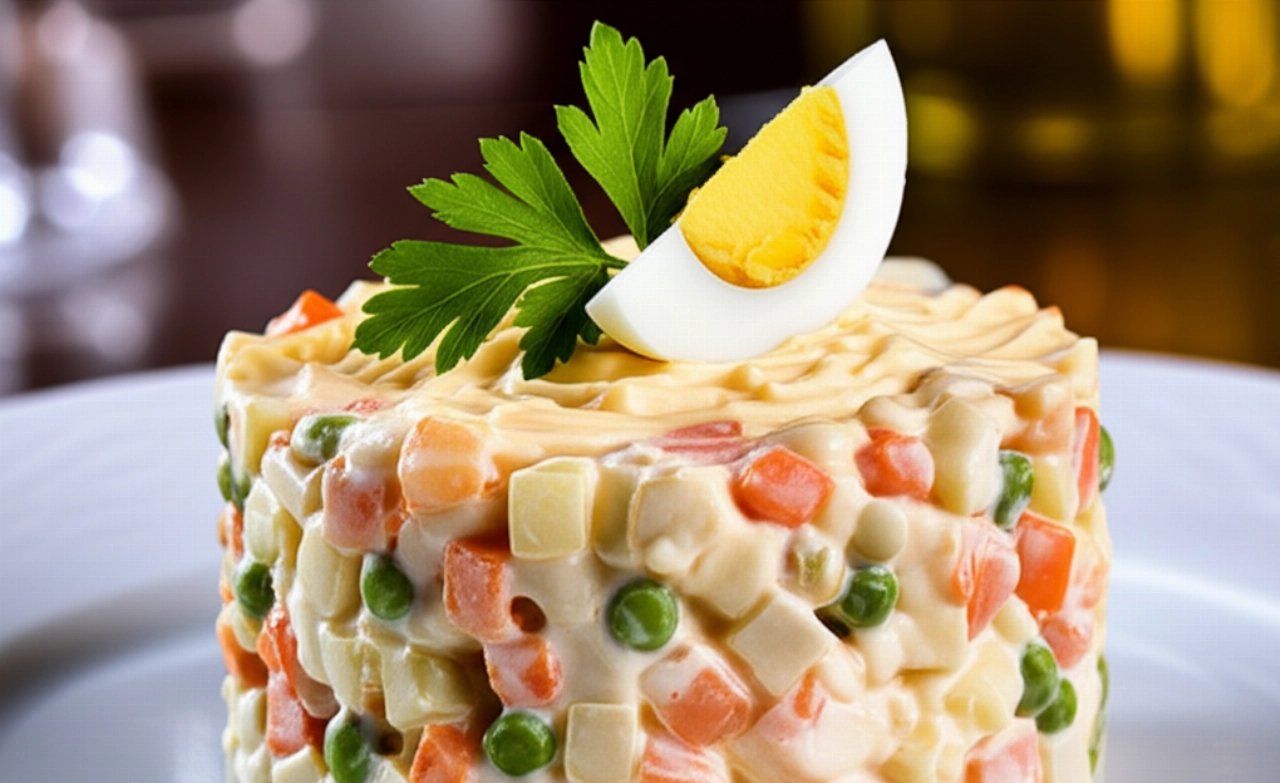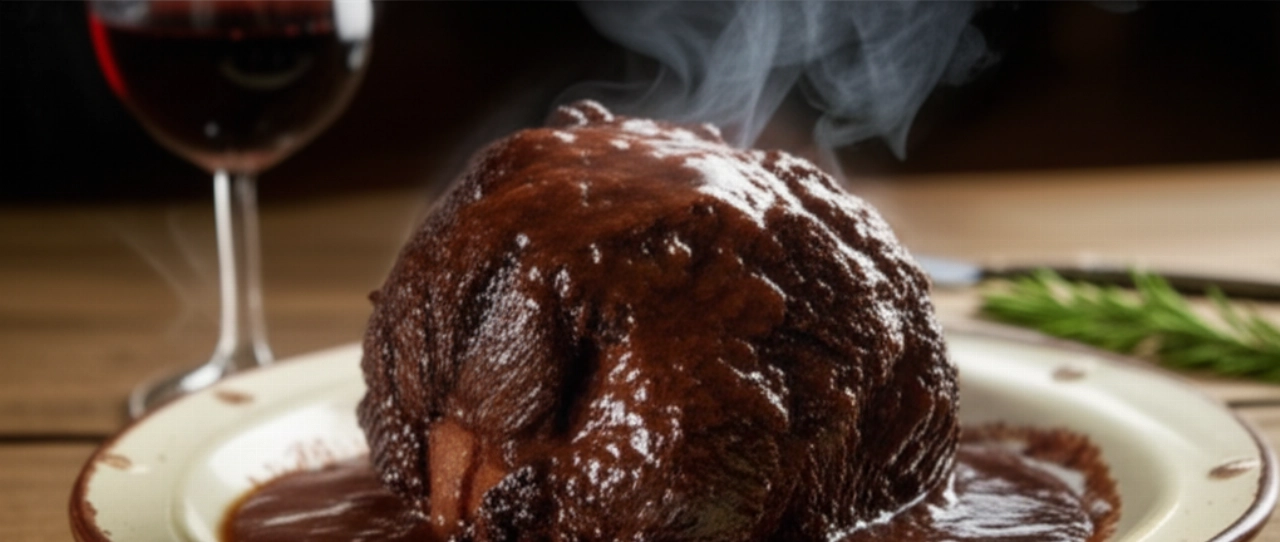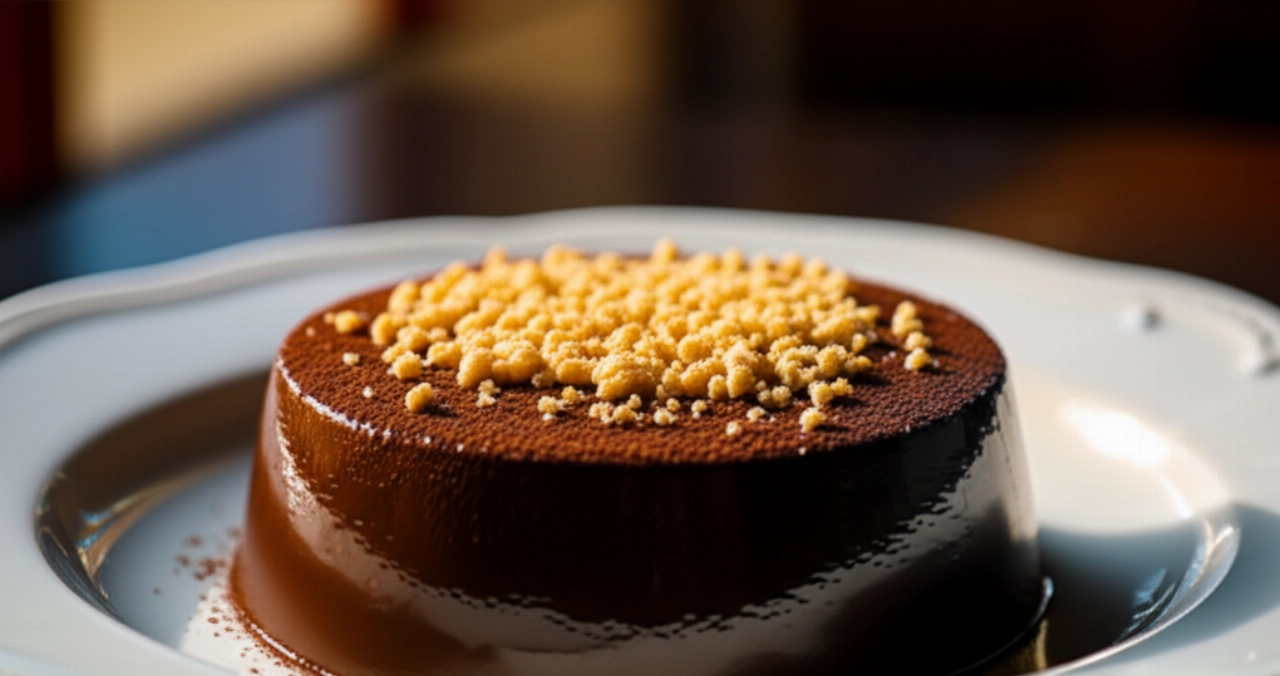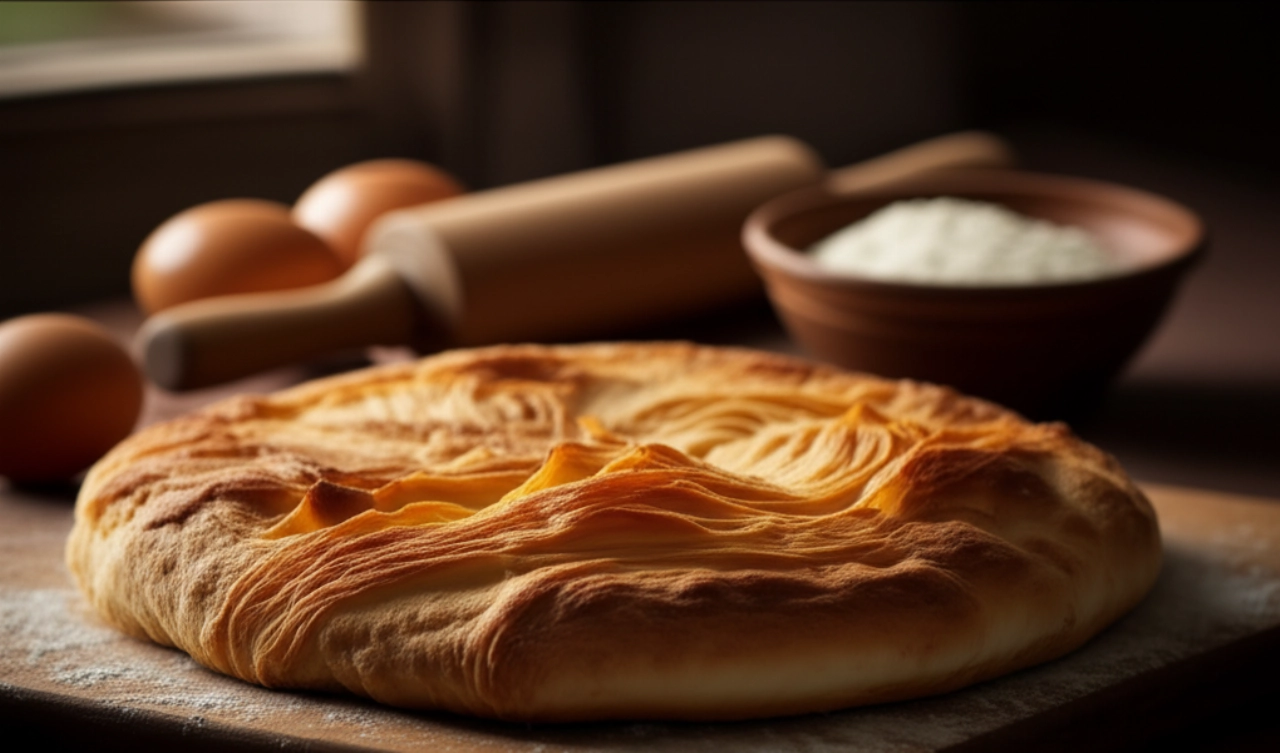Dreaming of bringing a dish to the table that smells of Piedmont, tradition, and family Sundays? Agnolotti del Plin are that dream, small treasure chests of flavor that encapsulate the soul of Piedmontese cuisine.
But let's face it, preparing Agnolotti del Plin can seem like a titanic undertaking: the thin pasta sheet, the perfect filling, the 'plin' that doesn't break... the fear of not being able to replicate grandma's magic is real.
Take a deep breath and get comfortable. In this guide, I won't just give you a recipe, but I'll take you by the hand, step by step, to reveal all the secrets of Agnolotti del Plin. I guarantee a result so authentic and delicious that it will seem like you've been making them forever. Success is guaranteed!
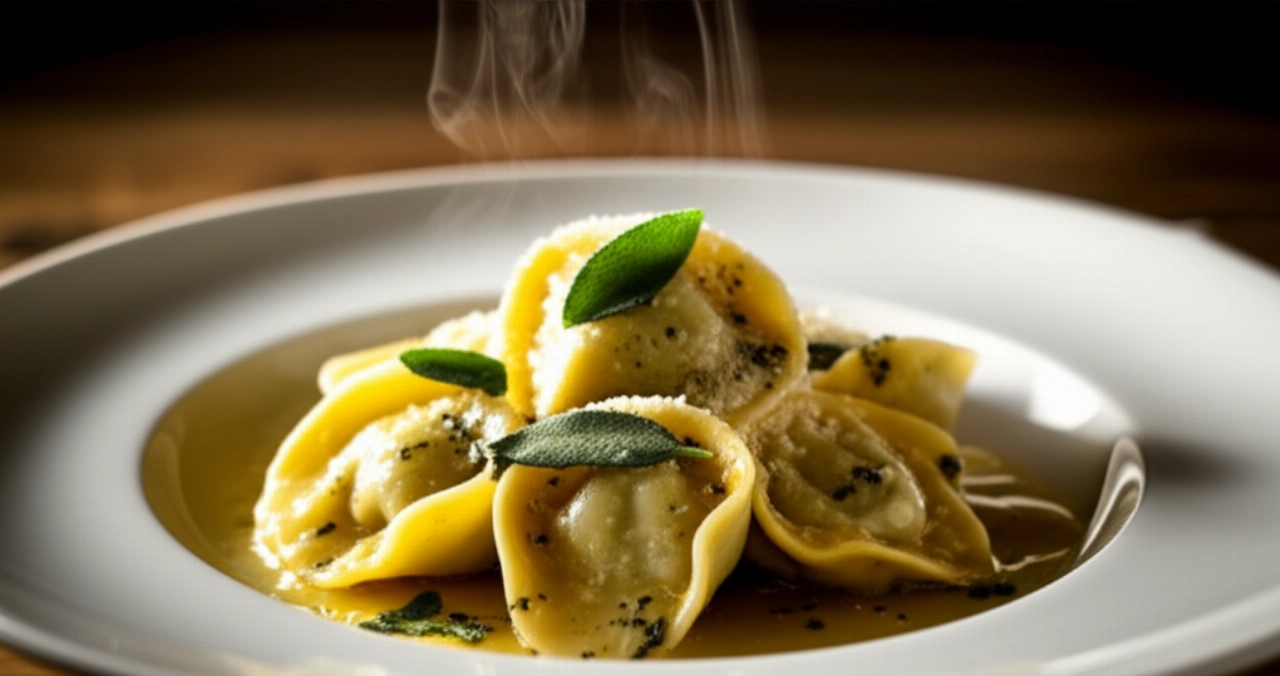
Agnolotti del Plin: The Perfection of the "Plin" and the Authenticity of the Filling
Today I will reveal how to achieve tiny and perfect agnolotti, with a succulent filling and the true Piedmontese roast sauce, without fear of making mistakes. Forget approximate versions: here you will find the true soul of Agnolotti del Plin.
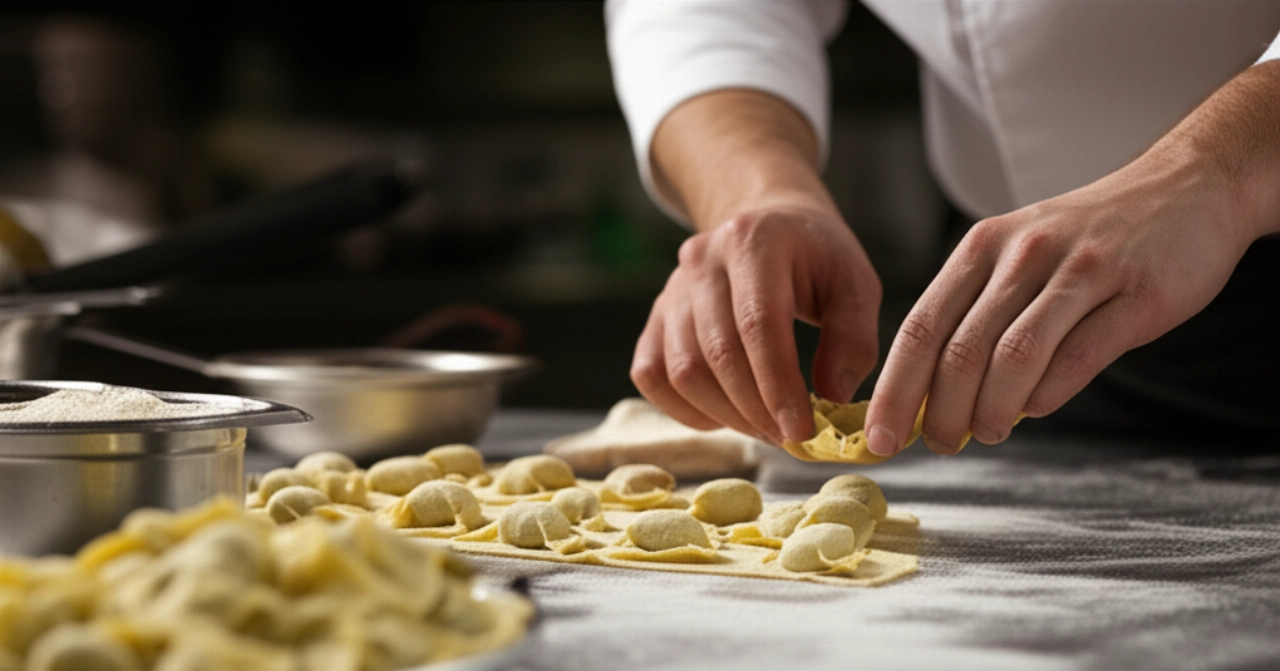
Smart Ingredients for Foolproof Agnolotti del Plin
Every ingredient has its purpose, and the right choice is the first step towards success. Here's what you'll need:
- For the Fresh Pasta:
- 00 Flour: The base for an elastic yet resistant pasta sheet, which will wrap the filling without breaking.
- Very fresh eggs: We will use a mix of yolks and whole eggs for a golden color and a velvety texture, typical of Piedmontese egg pasta.
- For the Filling:
- Mixed meats (beef, pork, rabbit, or veal): The secret to the richness and depth of flavor is precisely a mix of slowly roasted meats.
- Vegetables for the soffritto (carrot, celery, onion): The aromatic base that will give character to the roast and the filling.
- Parmigiano Reggiano: For the savoriness and umami that balance the richness of the meats.
- Nutmeg: A touch of aroma that enhances the filling without overpowering its flavor.
- Meat broth: To soften and bind everything, making the filling moist and compact.
- For the Roast Sauce (or alternative):
- The cooking drippings from the meats: This is true liquid gold! Never throw them away, they are the base of the traditional sauce that will accompany your agnolotti.
- Butter and sage (alternative): For those who prefer a simpler yet equally sublime condiment that enhances the delicacy of the filling.
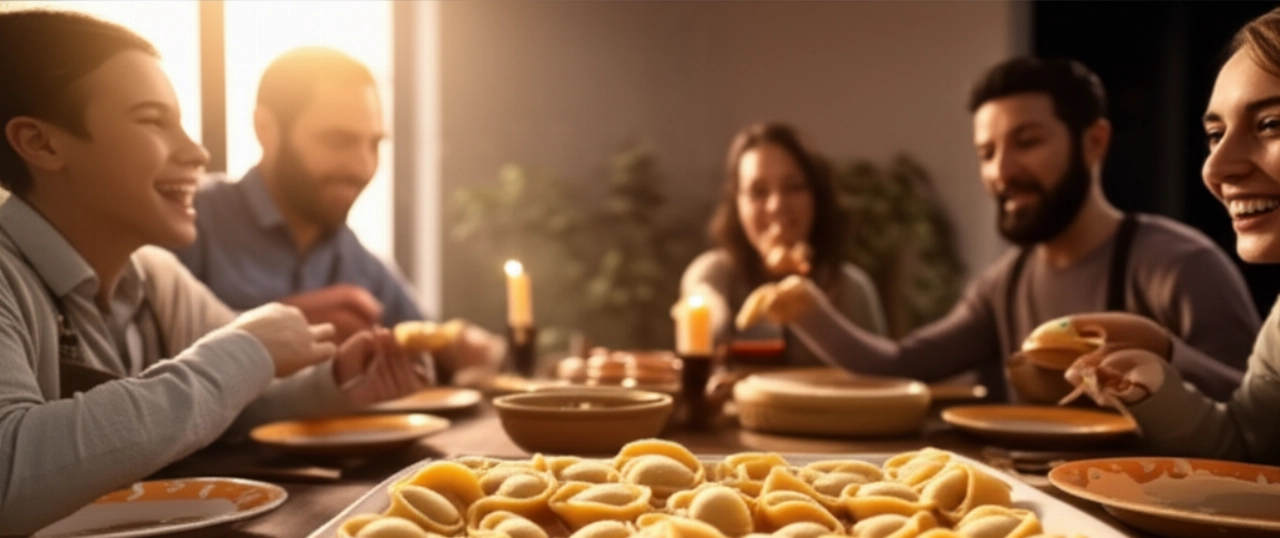
The 3 Mistakes Not to Make with Agnolotti del Plin (and How to Avoid Them)
I'll guide you through the most common pitfalls, so you can avoid them and go straight to success:
- Pasta sheet too thick or too thin: A pasta sheet that's too thick makes the agnolotto gummy and heavy. Too thin, on the other hand, breaks during cooking, losing the precious filling. You need to roll it out until you can almost see your hand through it, thin but resistant.
- Dry or too wet filling: If the filling is dry, the agnolotto will be stringy. If it's too wet, the pasta will tear. It should be moist but compact, so you can work with it easily.
- The "plin" that doesn't hold: The seal is crucial. Press firmly with your fingers around the filling to seal and remove air, otherwise the filling will escape during cooking. A good "plin" is a secure embrace.
Grandma's Secret: The True "Plin" and the Perfect Sauce
My grandma, a true Piedmontese DOC, always told me: "The plin is not just a fold, it's an embrace of the filling, a small secret that encapsulates the flavor." Her trick was to use a thin rolling pin to roll out the pasta almost transparently, and then, after placing the filling, fold the pasta sheet and pinch with thumb and index finger to create those perfect small folds. And for the sauce? "Never throw away a drop of the roast cooking liquid," she would repeat. "That's where the true flavor is, the heart of the dish!"
Let's Prepare Agnolotti del Plin Together: The Step-by-Step Guide
Follow each step carefully, and success will be guaranteed.
- 1. Prepare the Filling:
- Brown the mixed meats with the chopped vegetables (carrot, celery, onion) in a casserole.
- Deglaze with a little red wine (if using) and let it evaporate.
- Cook slowly with some broth until the meats are tender and succulent.
- Once cooked, finely chop the meats and vegetables (you can use a meat grinder or a food processor).
- In a bowl, mix the chopped meats with grated Parmigiano Reggiano, an egg, a sprinkle of nutmeg, and some of the meat cooking broth to make the filling moist and compact. Let it cool completely.
- 2. Prepare the Fresh Pasta:
- On a pastry board, form a well with the flour.
- Add the eggs to the center and start incorporating the flour with a fork.
- When the dough is more consistent, knead it with your hands until you get a smooth, elastic, and homogeneous ball.
- Let the dough rest wrapped in plastic wrap for at least 30 minutes at room temperature.
- 3. Roll out the Pasta Sheet and Form the Agnolotti:
- Roll out the pasta sheet very thinly (with a rolling pin or pasta machine) until it's almost transparent.
- Place small amounts of filling (about half a teaspoon) at regular intervals on half of the pasta sheet.
- Fold the other half of the pasta sheet over the filling.
- With your fingers, gently press around each mound of filling to remove air and seal.
- Now, the "plin": pinch the pasta between one filling and the next, creating the characteristic fold.
- With a pasta cutter wheel, cut the agnolotti, separating them.
- 4. Prepare the Roast Sauce (or Butter and Sage):
- For the roast sauce: In the same casserole where you cooked the meats, deglaze it with a little hot broth, scraping the bottom to retrieve all the flavors. Reduce until you get a thick and flavorful sauce.
- For butter and sage: In a large pan, melt a generous knob of butter with a few fresh sage leaves over low heat.
- 5. Cook and Serve:
- In a large pot, bring plenty of salted water to a boil.
- Cook the agnolotti for a few minutes (2-4 minutes, depending on the thickness of the pasta sheet). They will be ready when they float to the surface.
- Drain them gently with a slotted spoon and toss them directly in the roast sauce or butter and sage.
- Serve immediately, perhaps with a sprinkle of grated Parmigiano Reggiano.
Tips and Frequently Asked Questions about Agnolotti del Plin
Here are some answers to the most common doubts, to relieve any worries:
- Can I prepare the filling in advance? Absolutely yes! You can even prepare it the day before and store it in the refrigerator in an airtight container. In fact, the flavors will meld even better.
- How can I freeze Agnolotti del Plin? Arrange them on a floured tray without touching each other and place them in the freezer. Once frozen and solid, transfer them to food bags. They cook directly from frozen in boiling water, slightly increasing the cooking time.
- What is the difference between Agnolotti and Ravioli? Agnolotti, especially those del plin, are typical of Piedmont, smaller and often closed with the characteristic "pinch" (the plin). Ravioli are more widespread throughout Italy and have very varied shapes and fillings, but without the specific "plin" closure.
- Can I use only one type of meat for the filling? You can, but the secret to the complexity and succulence of the Agnolotti del Plin filling lies precisely in the mix of meats. Try not to forgo it for a truly authentic and rich-flavored result.
- What does "plin" mean? In Piedmontese, "plin" means "pinch." It refers to the small fold made on the pasta to seal the filling and give these agnolotti their characteristic shape, making them unique.
There you have it! You hold not just a recipe, but the key to unlocking the art of Agnolotti del Plin. A dish that speaks of history, family, and that warmth that only Piedmontese cuisine can provide.
Don't fear the steps; every "plin" you close will be a small triumph. Cooking is a journey, and with this guide, yours will be a journey of success and unforgettable flavors.
Have you prepared your Agnolotti del Plin following our tips? We're eager to see your masterpiece! Leave a comment below, tell us about your experience, or share a photo on Instagram by tagging @CercaRicette.it. If you loved this culinary journey, you can't miss our recipe for the Brasato al Barolo or for a Piedmontese classic like the Bonet.
